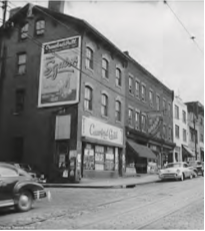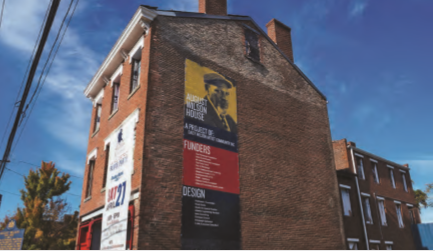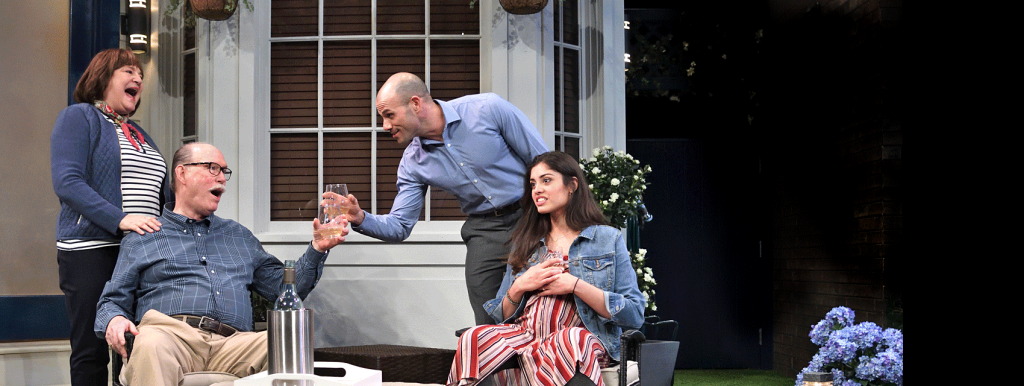1/13/2020
By Joi Wright

The Hill District of Pittsburgh, Pennsylvania attracts people from all over the world for its art, culture, history, and attractions — one being the home of playwright August Wilson.
Wilson was born and raised in the present Crawford-Roberts neighborhood, known as the lower Hill District before the 20th century. Even though the playwright and his family moved out of the Hill District by the time he turned 13, he still considered it home. In later years Wilson paid homage to his home by setting nine of the ten plays in his American Century Cycle there.
A collection of historically African American neighborhoods, the Hill District was made up of three areas: lower, middle, and upper. Early in the 19th century, the neighborhood contained country estates, working farms, coal mines, and a village of Black freedmen. By 1929 the Hill District was populated by many ethnic groups and was divided into areas that reflected the ethnic makeup of that neighborhood. Some of these areas were called Little Italy, Polish Hill, Athens, Little Syria, Jewish “Ghetto,” and the Black Belt.
The city’s first Black district was once a center of arts and culture, with a strong sense of community. During the 20th century, the older ethnic and Jewish populations moved away, and the Hill District became known as the Harlem of Pittsburgh, a place where the best jazz could be heard. It was known by many names: Little Harlem, Little Haiti, and “the crossroads of the world.” After the demolition of the lower Hill in the name of urban renewal in the 1950s, the District was then divided into five census tracts: Crawford Roberts, Bedford Dwellings, Middle Hill, Upper Hill, and Terrace Village.

Currently, there is a growing feeling that the neighborhood is on the cusp of resurgence, thanks to the relentless work of a web of community-focused residents, nonprofit organizations, churches, and foundations. The August Wilson House is slated to be the site of a multidisciplinary arts center, with an artist-in-residency program.
Over its very long history, the Hill District has ranged from vibrant to distressed. Existing almost as long as the city itself, this area has undergone many transformations that have made it the place it is today. While enduring the changes brought by migration, industrialization, urban renewal, and de-industrialization, the number and composition of the residents have changed, but the neighborhood itself has survived. Unlike some past efforts, though, the present renewal is no top-down overhaul — today the community has a powerful seat at the table and is using it.
